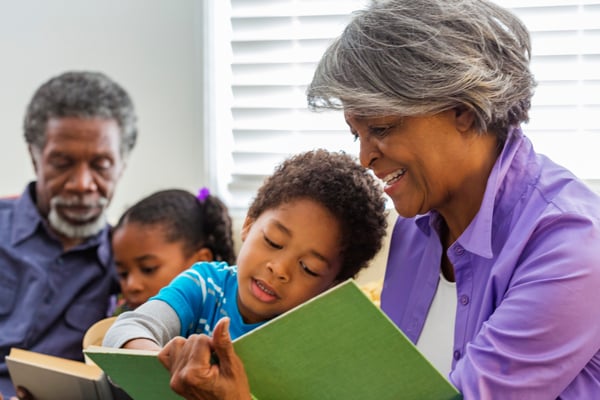The Silent Generation are older adults who were born between 1928 and 1945. Their generational name “Silent” originally came from a 1951 TIME magazine article, in which they were described as a generation that “does not issue manifestos, make speeches or carry posters.” They were raised in a time when children were generally favored as seen, not heard. In 2018, we know them as those 73 to 93 years old. My perspective comes from working closely with these individuals for about two years. Here are four things that I have learned about this generation.

Aging is Not “One Size Fits All”
Aging is a mysterious natural process which manifests differently from person to person. You may hear of someone who has “aged well,” or another who is really “slowing down.” The fact is, those two people may well be the exact same age, but are experiencing aging very differently. Levels of mobility, independence, stamina, strength, and balance are all factors I’ve seen vary widely in individuals that are about the same age. Fortunately, these traits are not distributed by luck of the draw. Although genetics and family history play an important role, there are several lifestyle choices that can level the playing field. (More on those choices later.)
Caregivers Make a Difference
There are many older adults who maintain an active, independent lifestyle well into their nineties. These people are inspiring, but are often the outliers, not the norm. In my experience in the community setting, hiring an independent or agency assigned caregiver is a popular practice. These people act as employees of the individual needing assistance, helping out with anything from washing dishes to making sure all medications are taken without error. I believe that there are exceptional caregivers that invest in the lives of their employer, who can make a real difference in the aging process. I think specifically of those who regularly take the time to bring the resident they work for to the fitness center to exercise. This is not limited to hired caregivers, and can extend to family members as well. Here are some tips on hiring a caregiver.
Communities Provide an Unrivaled Social Experience
Books could be written about the pro’s and con’s of making the transition from home life to senior living life. That may be a project someday, but I’ll try to keep this one short. I think that living in a community with others who share not only your age, but interests, schedules, and perspectives has value. I cannot speak for all communities, but those that I have interacted with take great care to provide ample opportunity for social events. In fact, a complaint I often hear is having to choose which event to go to, because there is so much to do. Club meetings, exercise classes, lectures, movie showings, and meals are all popular ways to get older adults together. This makes everyone feel good. Here are some things to consider when choosing a senior living community.
Personal Trainers Have Lasting Influence
Now, about those lifestyle choices that so powerfully affect aging, namely diet, exercise, and sleep. These three tools can be used in a way that increases the likelihood of old age with a high quality of life. Unfortunately, according to the CDC, by age 75, about one in three men and one in two women engage in no physical activity. This fact, coupled with irregular sleep habits, poor diets, and other risk factors leave many older adults at high risk for cardiovascular disease and its deadly consequences. There is hope, however, for the Silent Generation. Some risk factors for cardiovascular disease are modifiable, meaning they can be improved by lifestyle change. One of the most effective tools for lifestyle change is a personal trainer who specializes in active aging. These are educated and certified individuals who help people reach their goals and decrease the risk of heart attack, stroke, falls, and other problems associated with aging. Even more good news: personal trainers can teach long lasting habits that will serve their clients for decades to come. I’ve seen it in action! Here’s a great article on how effective personal trainers can be for older adults.
***
There's a lot of life to be lived long past retirement; ask members of the Silent Generation and they'll tell you as much. Providing support for healthy aging can make all the difference. If you're caring for an aging loved one, subscribe to our blog to read more about ways to help them continue living well.

